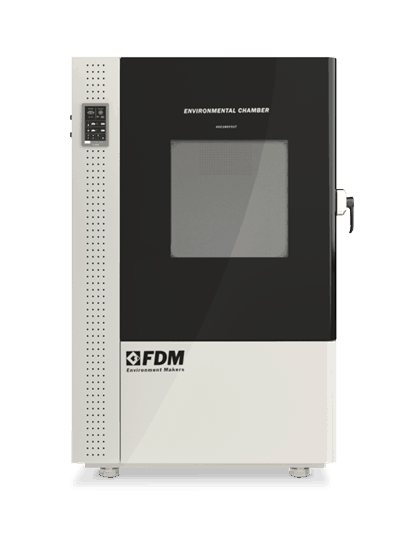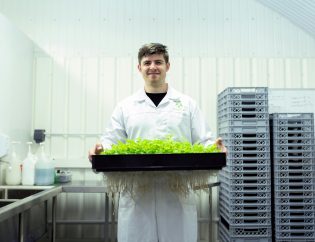
Relative humidity is a fundamental factor in all climate tests.
It does not matter what the precise purpose of the test is: the relative humidity must always be kept under control in order to test the sample in stable and reproducible conditions.
Some tests, such as the stability test, have relative humidity as a key parameter to adjust but not all humidity tests are the same.
The moisture resistance test according to MIL-STD 202 and MIL-STD 883 is very particular.
What is Moisture Resistance?
By moisture resistance we mean the ability of a material to maintain its properties unchanged when exposed alternatively to: high rates of relative humidity or sudden changes in relative humidity.
For this reason, moisture resistance tests are always cyclical tests.
When applied to a product rather than to a material, and being put to the test is the tightness of the functionality of the product itself.
This is the case with the cyclic humidity test prescribed by MIL-STD 202 and MIL-STD 883.
Perform
Extreme Testing
Discover the new series of Environmental Chambers for controlled climate testing
The Cyclic Humidity Test according to MIL-STD 202 and MIL-STD 883
The cyclic humidity test is mainly aimed at electronic components which must demonstrate a high degree of efficiency in all environmental conditions.
The MIL-STD, or the United States Military Standard which holds the highest standards for electronics as it is intended for military and aerospace purposes, regulates the moisture resistance tests for electronic components.
These tests describe a cyclical moisture resistance test, which is opposed to normal stability tests.
The test bases its effectiveness on the use of low-temperature cycles and sub-cycles, which constitute alternating periods of quasi-condensation and drying that are essential for simulating the corrosion process.
Generally, the cyclical moisture resistance test is performed with ten 24-hour cycles. Each cycle contains two 8-hour linear ramp excursions at 90-95% humidity and temperatures from 25-65 ° C and then down to 25 ° C. Each immersion phase at 65 ° C lasts 3 hours and the descent ramp has a relative humidity of 80-90%.
You cannot find the ideal chamber for your test?
Create your own environment, according to any test requirement
The FDM Environmental Chamber for the Moisture Resistance Test
The FDM environmental chamber is the ideal tool for programming humidity resistance cycles in accordance with MIL-STD 202 and MIL-STD 883.
This is for two reasons.
Meanwhile, the environmental chambers are specialized in extreme tests and therefore can touch extremes of temperature and relative humidity in a very short time, both downhill and uphill.
In addition, the cyclical moisture resistance test is a dynamic test that consists of various phases to be performed with the utmost precision
Thanks to the innovative revoFACE programmer, the environmental chambers can perform all the cycles and sub-cycles mentioned above with maximum efficiency.
For further doubts and questions, please do not hesitate to contact us.
Would you like to receive a quote or do you have questions about the product?
Contact us to receive more information about this Product.




